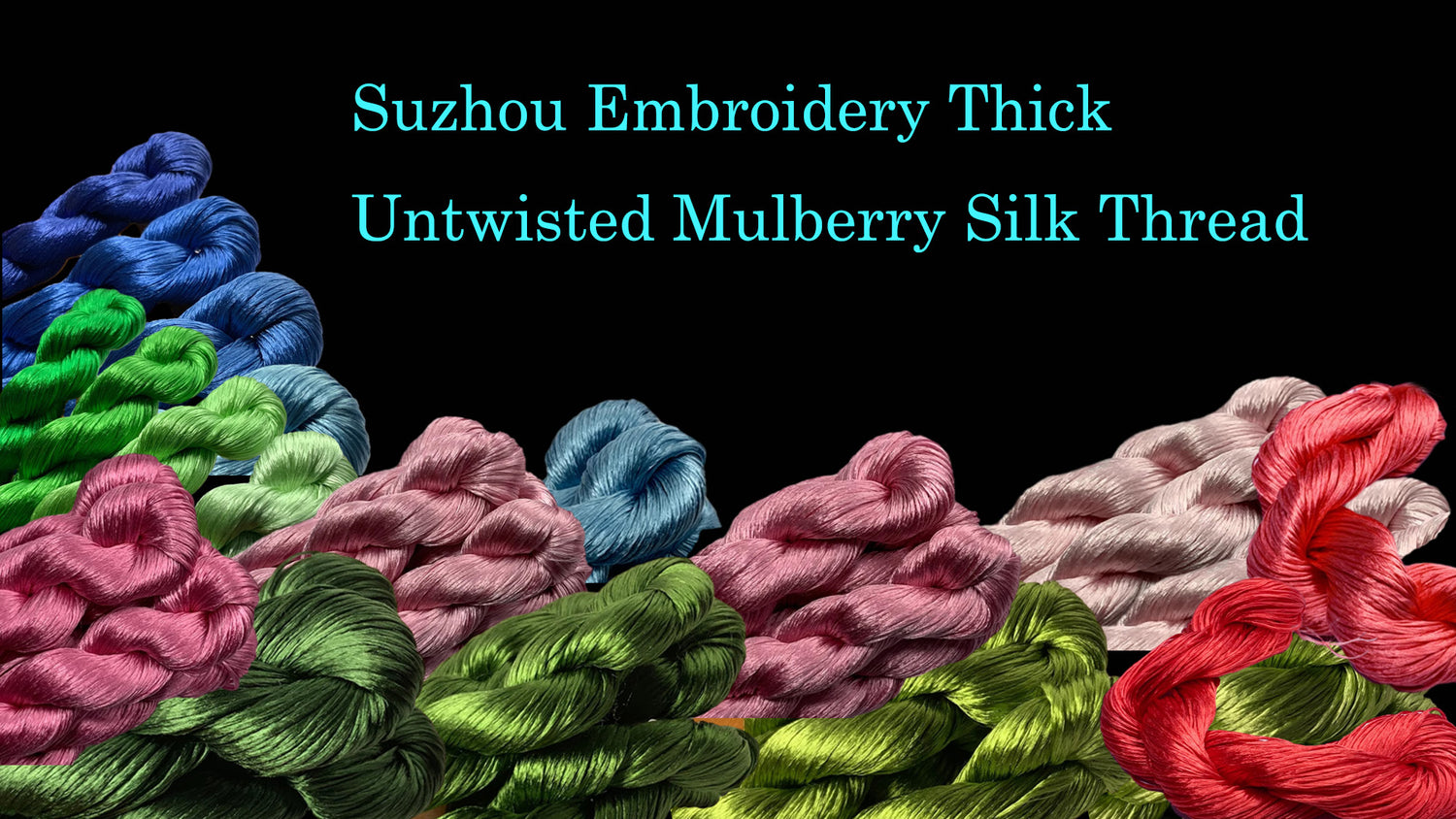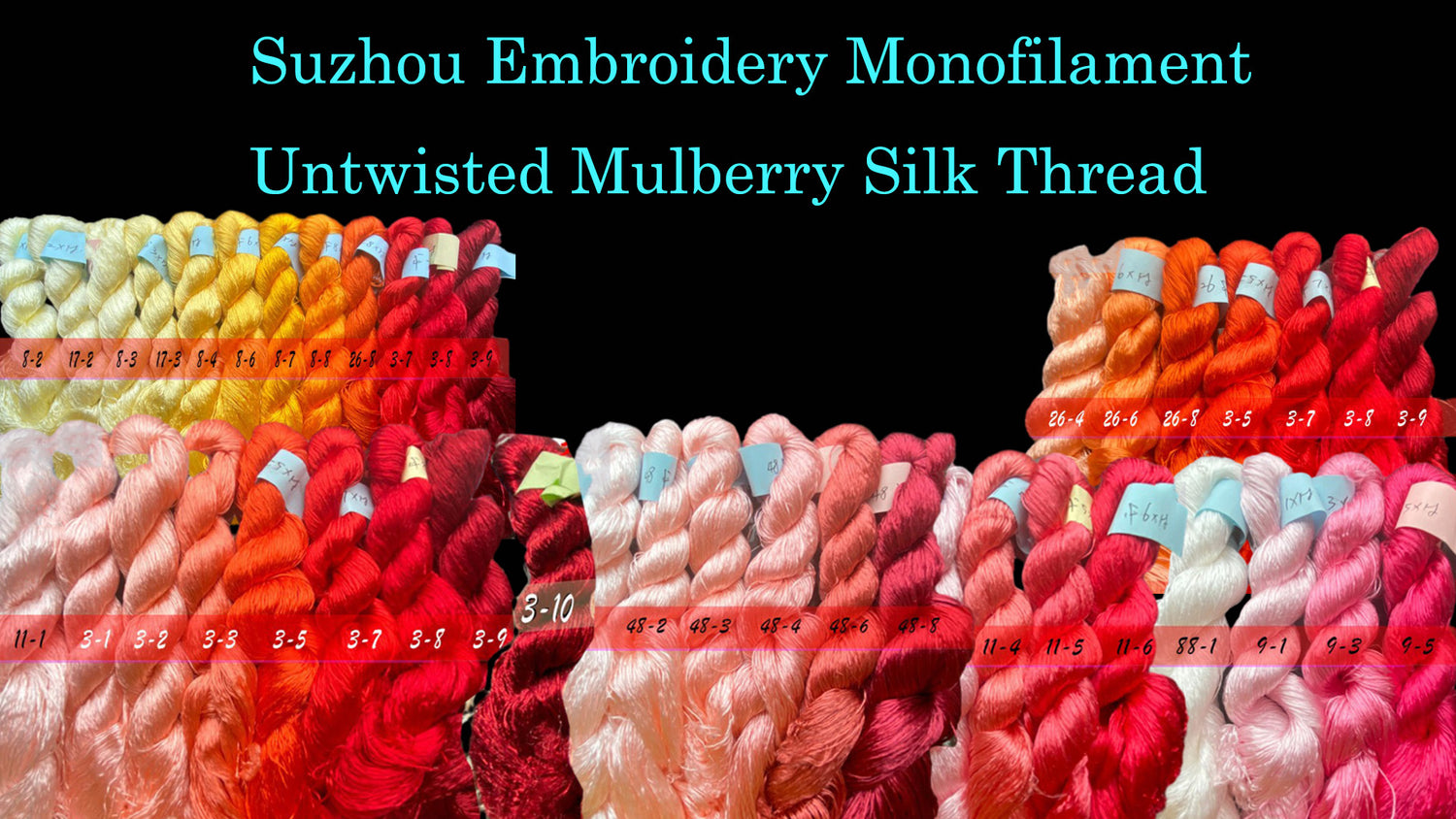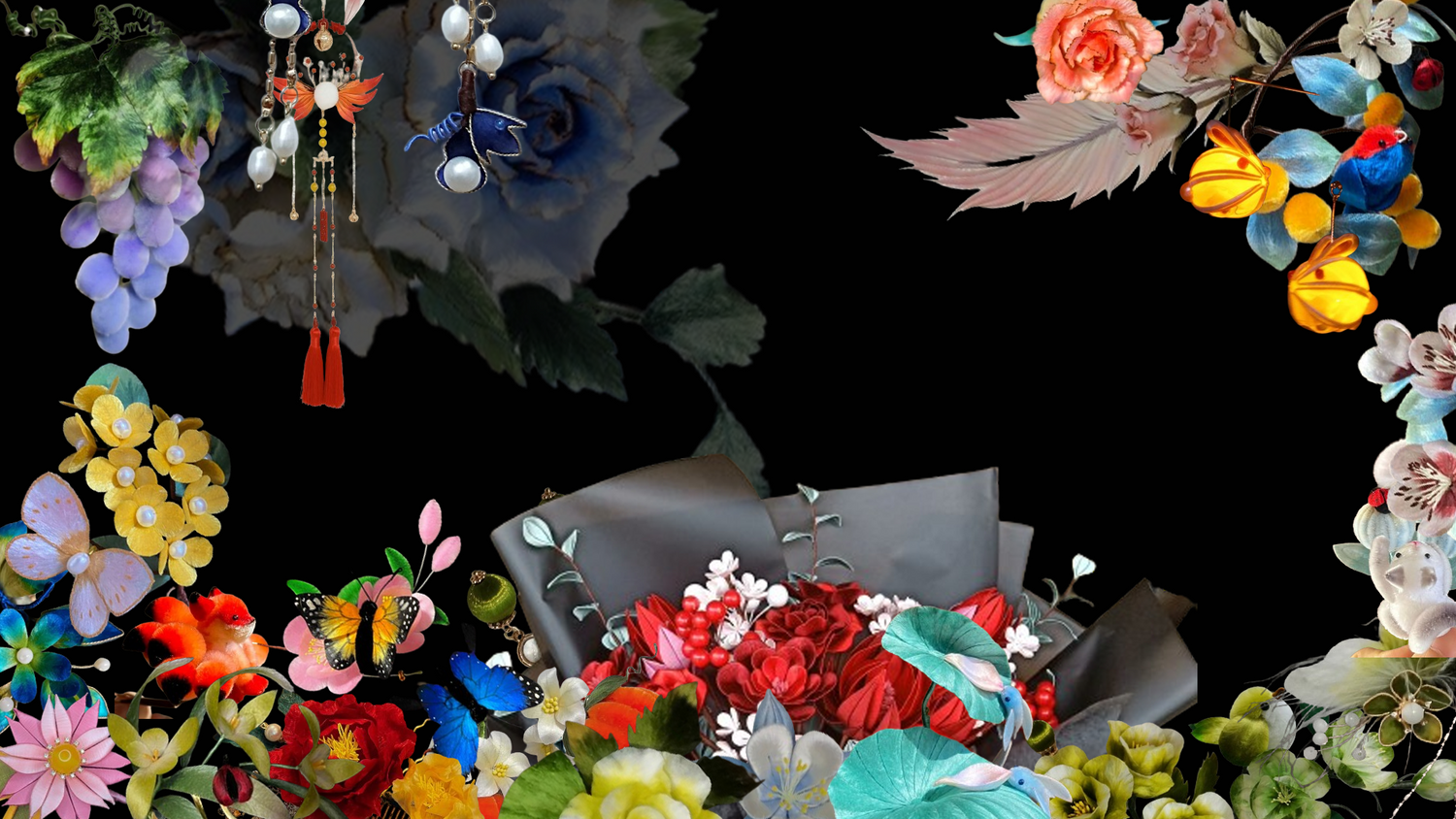
How to Make a Plumeria Flower Chanhua
Share
4.2.3 Making a Plumeria Flower
The Chanhua plumeria flower consists of five groups of petals, each group containing four petals that are symmetrically paired. Unlike the previous two cases, the plumeria petals are wound from the inside out. This section will demonstrate the four-piece winding technique.
A. Materials and Tools: White card paper, pen, scissors, No. 30 silk mesh flower wire, light blue silk threads, gypsum stamens
B. Making the Plumeria Flower:
 1 2
1 2
1. Draw the patterns of four petals on the white card paper. Cut them out with scissors and arrange them as shown in the picture, clearly indicating the winding direction and sequence.
2. Leave a 5cm length at one end of the wire and bend it into a loop for easier winding. Start the winding with the silk threads on the wire and then add the first piece of card paper, following the direction shown in the diagram.
 3
3
3. Use the two-piece technique to complete the winding of the middle two petals. After winding, gather the petals together and wrap the intersection of the wires a few times to secure them.
 4
4
4. Add the third piece of card paper and continue winding. After winding, gather the petals and pull the excess silk thread through the gap between the middle two petals to tighten them.
 5
5
5. Add the fourth piece of card paper and continue winding. After winding, gather the petals and wrap the bottom a few times with the silk threads to secure them. Use the same method to make five groups of such petals.
 6 7
6 7
6. Take several gypsum stamens and wrap a few turns of silk thread around the base to secure them.
7. Combine the five completed petal groups, add the gypsum stamens to the center, and adjust the shape as needed.
Notes:
- 1. The starting technique is fixed, but the length of the wire left on the right side should be adjusted according to different situations.
- 2. For even-numbered petals, the start and end of the winding should be on the same side.
- 3. For odd-numbered petals, the start and end of the winding should be on opposite sides.
- 4. When winding irregularly shaped odd-numbered petals, pay attention to which end to start from.








